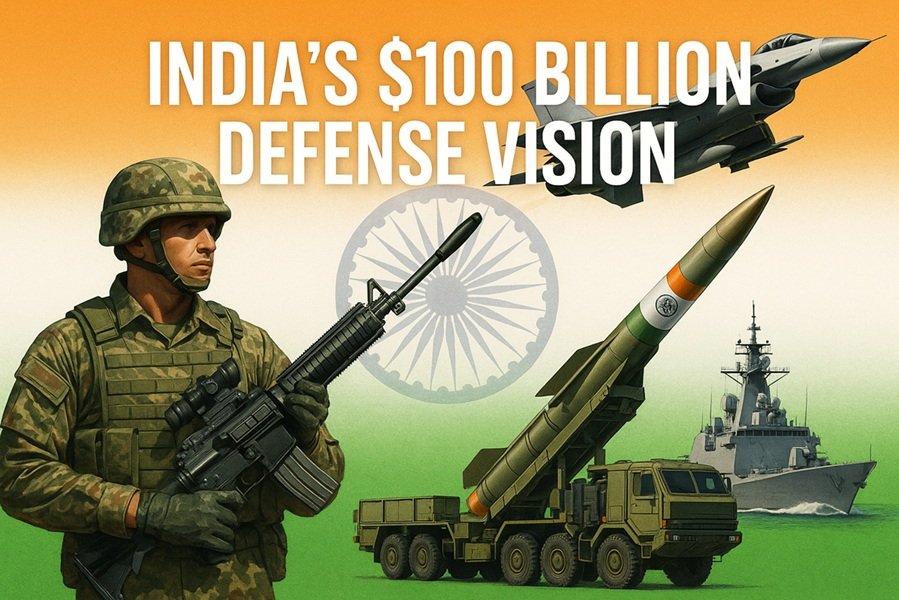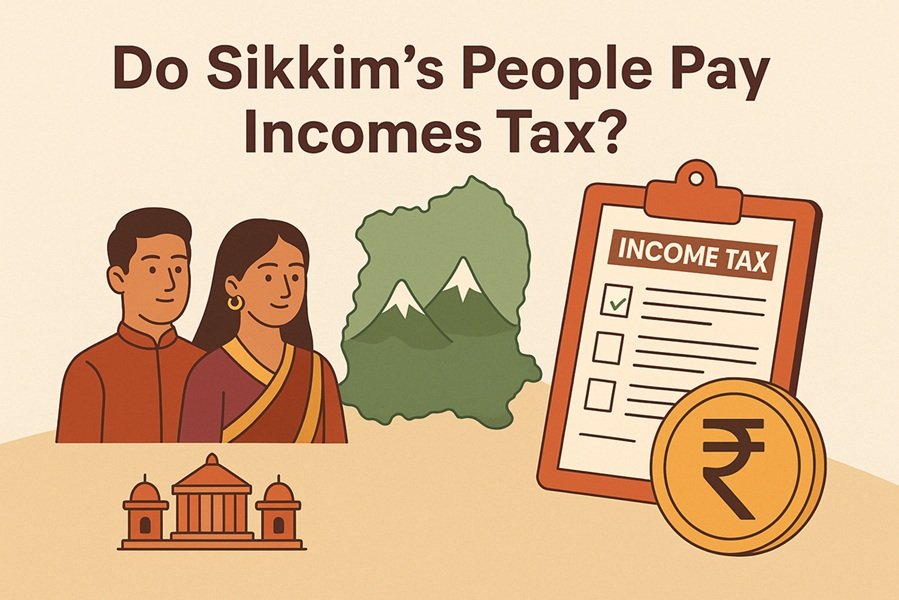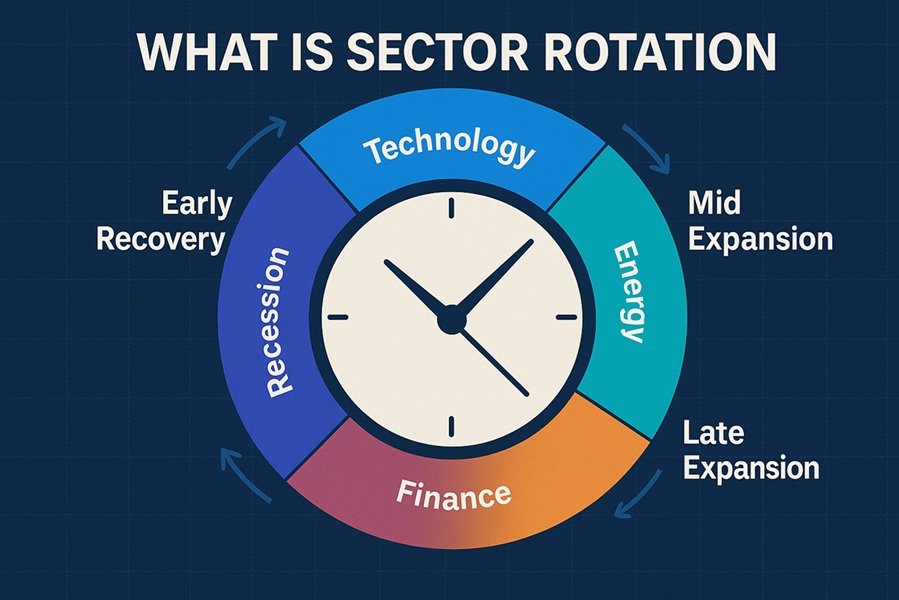
In the world of cricket, the term hat-trick is widely recognized and celebrated. When a bowler takes three wickets with three consecutive deliveries, it is termed a hat-trick. But what about a double hat-trick? How many wickets does it involve, and is it an official cricketing term? Let’s dive deep into the concept, interpretation, and historical occurrences of the so-called “double hat-trick.”
Understanding the Hat-Trick in Cricket
Before diving into the double hat-trick, it’s essential to understand what a standard hat-trick is:
- A hat-trick occurs when a bowler takes three wickets in three consecutive deliveries.
- These deliveries can span across two overs or even different spells, and sometimes, across innings in multi-innings formats like Test cricket.
- The key is the continuity of the bowler’s deliveries, not the over or innings they fall in.
It is a rare and highly celebrated feat in cricket, often considered a symbol of a bowler’s dominance.
What is a Double Hat-Trick?
Unlike a hat-trick, the double hat-trick is not an official term recognized by the International Cricket Council (ICC) or any other governing body. However, it is a term that has gained popularity among fans, commentators, and cricket enthusiasts to describe four wickets in four consecutive deliveries by the same bowler.
So, how many wickets are there in a double hat-trick?
Answer: A double hat-trick generally refers to four wickets in four consecutive deliveries.
Why the term “double hat-trick”?
If one hat-trick is three in a row, logic might suggest that a “double” would be six wickets in six balls. However, in practice, the cricketing community uses “double hat-trick” informally to mean just one wicket more than a hat-trick — hence, four in four.
The term is more of a colloquialism than a rule-based term, and its definition can vary depending on whom you ask.
Alternative Interpretations
There are two main interpretations of a double hat-trick:
1. Four wickets in four balls (Most Common)
This is the generally accepted version:
- Wicket on Ball 1 ✅
- Wicket on Ball 2 ✅
- Wicket on Ball 3 ✅
- Wicket on Ball 4 ✅
This is considered a “double hat-trick” by most fans and even some media outlets.
2. Six wickets in six balls (Literal Interpretation)
A less common interpretation based on the literal breakdown of “double hat-trick”:
- If a hat-trick = 3 wickets, then a double hat-trick = 2 × 3 = 6 wickets.
- This would mean six wickets in six balls, which is an almost impossible feat in practical terms.
This interpretation, while mathematically sound, is not widely accepted because it rarely, if ever, occurs in real matches.
Historical Examples of Four in Four
Here are some real-world examples of bowlers achieving four wickets in four balls:
1. Lasith Malinga (Sri Lanka) – T20I vs New Zealand (2019)
- Malinga dismissed four batsmen in four consecutive balls.
- This remains one of the most famous “double hat-tricks” in T20 Internationals.
2. Rashid Khan (Afghanistan) – T20I vs Ireland (2019)
- Another incredible example of four wickets in four balls.
- This solidified his status as one of the best T20 bowlers globally.
3. Shaheen Afridi (Pakistan) – T20 Blast (2019)
- Playing for Hampshire, he took four wickets in four balls in a county game.
These instances are often referred to as “double hat-tricks” by commentators and fans, even though the term isn’t formally recognized.
Is There an Official Recognition for Double Hat-Trick?
No, the ICC and major cricketing bodies do not officially recognize the term “double hat-trick.”
- Scorecards and official records will list it as “four wickets in four balls”.
- However, the media and fans may still use “double hat-trick” for its catchy appeal.
In contrast, hat-tricks are officially recorded, and players are awarded for them in matches.
Can There Be a Triple Hat-Trick?
Using the same fan-derived logic:
- A triple hat-trick would be five wickets in five balls, or more rarely, six wickets in six balls.
- Again, these are not official terms and are mostly used in an informal, anecdotal way.
In actual play, taking five or six wickets in five or six deliveries is virtually unheard of in top-level cricket, although it might happen in local or amateur matches.
Conclusion
To sum up:
| Term | Wickets in Consecutive Balls | Official Term? | Common Usage |
|---|---|---|---|
| Hat-trick | 3 | ✅ Yes | ✅ Widely Used |
| Double Hat-trick | 4 | ❌ No | ✅ Fan Term |
| Literal Double Hat-trick | 6 | ❌ No | ❌ Rare Usage |
| Triple Hat-trick | 5 or 6 | ❌ No | ❌ Rare Usage |
So, a double hat-trick usually means four wickets in four balls, despite not being an official term in cricket’s rulebook. It’s a testament to a bowler’s dominance and an unforgettable moment in any match.







